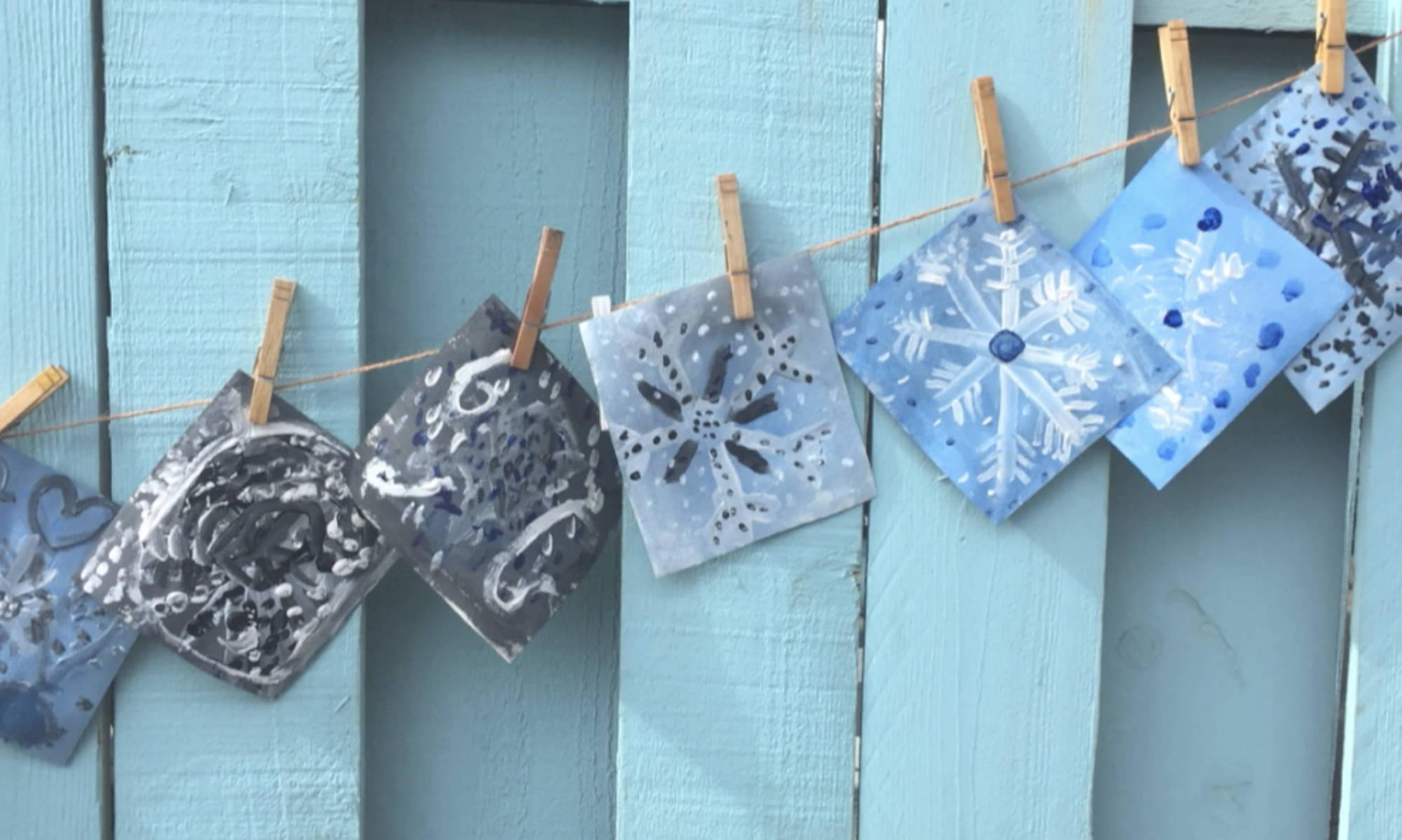
Preschool Art
In Montessori preschool art, children of all ages can learn visual arts with personalized guidance. Different developmental stages require different teaching techniques. Here’s a simple guide for teaching preschool Montessori art, following international standards for arts education and sensory visual arts. This method aligns with a child’s growth. Having worked with thousands of preschool children over 25 years, I’ve found that preschoolers develop artistic skills at different levels. In this blog series, I’ll share effective methods and ideas for teaching art to preschoolers.
Art Teaching Resources
To explore art projects suitable for children, enroll in my free video training, “Phases of Arts Development,” which focuses on teaching methods for preschool aged learners. Discover art literacy standards and the benefits of visual arts by reading my Montessori Early Childhood Art Guide available in digital and paperback. Learn how to incorporate preschool art lessons into the Montessori environment.


Art Exploration
In preschool, creating art is an exploration and discovery journey. Children in the Montessori first plane are still grasping the concept of visual arts and are filled with curiosity about different art mediums. During this stage, it’s important for preschool children to freely explore art materials without any predetermined expectations.
Process-Based Learning
Process-based art is a fantastic way to introduce art lessons. It’s all about the experience and the journey, rather than focusing on creating a final piece that resembles recognizable art. The emphasis is on exploration and using one’s imagination.
When teaching process art to preschoolers, start with a simple explanation of how different mediums work and demonstrate a few techniques for using them. This helps children see the possibilities of each medium.
After the introduction, let them freely explore their own ideas and techniques. Encourage them by emphasizing that there are no right or wrong ways to use the medium. Allow them to add to their projects and experiment with various ways to finish their artwork using the introduced medium. Remember, process-based art is all about trying new things and uncovering creativity! Learn more about process-based learning.
Building Fine-Motor Skills
A key focus is engaging children in tasks that develop fine-motor skills. Creating art helps enhance both major and minor muscle groups, improving young learners’ coordination. It’s important to provide plenty of opportunities to practice these skills.
Typically, preschool to kindergarten-aged children have limited finger and hand strength. Recognizing the importance of fine-motor growth is crucial, as it affects various aspects of a child’s daily life, from self-care tasks to early cognitive functions.
In your Montessori art classroom, incorporating specific activities can help young students strengthen their small muscle groups. Starting with activities like clay modeling, brush stroking, and safe scissor use can effectively boost their fine-motor skills development. Learn more about fine motor art development methods here.


Engaging Preschool Activities & Mediums
You can find safe and child-friendly art supplies for these activities at Nature of Art for Kids online store. Here are some wonderful art projects suitable for preschool grades, designed to enhance fine motor skills in their fingers and hands:
Doodling & Drawing: Use crayons, colored pencils, tempera sticks, and more.
Painting: Explore watercolors, tempera paints, finger paints, homemade veggie dyes, and other mediums.
Color Theory Play: Engage in activities like watercolor painting, dropper painting, and squeeze bottle painting.
Clay Modeling: Experiment with earth clay, homemade play dough, sculpture creation, beeswax forming, and more.
Simple Crafts: Include tasks like paper cutting, string weaving, gluing, building with jumbo Legos, and creating large popsicle-stick structures. (Note: Avoid crafts with small parts for students under 3 years old.)

Looking for a shortcut? Consider purchasing the Early Childhood Guide for tailored guidance on art materials, setting up an art shelf, delivering effective art lessons to early childhood students, and more. This resource offers detailed insights and step-by-step instructions to simplify the process of teaching art to young learners.


All rights reserved © 2025, Nature of Art®
No part of this blog may be used or be reproduced in any manner whatsoever including reproducing, publishing, performing, and making any adaptions of the work – including translation into another foreign language without written permission except in the case of brief quotations embodied in critical articles and reviews. Nature of Art® Publishing P.O. Box 443 Solana Beach, California 92075.




